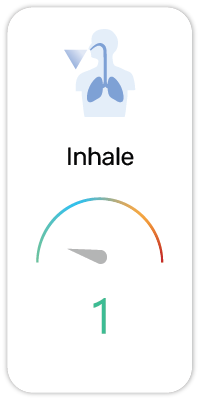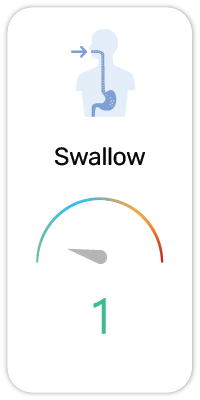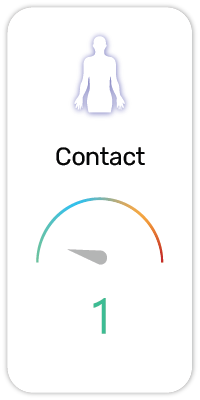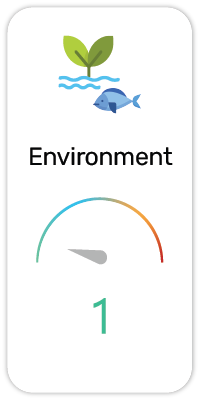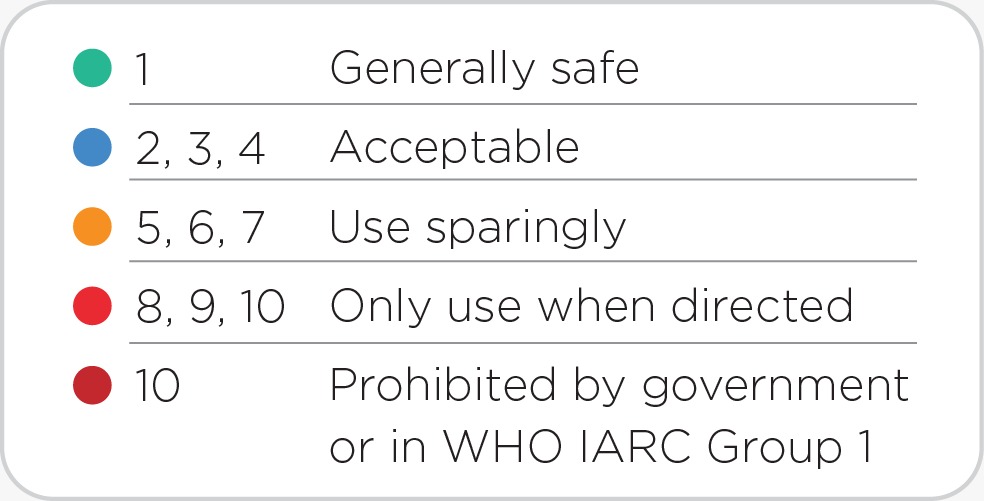Riboflavin(in 7,476 products)
Potential Risk Index®:
About:
Functions:
1. Colorant - Pigments or dyes that are added in order to change or enhance the color.
2. Dietary / Nutritional Supplement - Vitamins, minerals, proteins, fatty acids or probiotics that improves nutritional intake
Riboflavin, also known as vitamin B2, is a vitamin found in food and used as a dietary supplement. As a supplement it is used to prevent and treat riboflavin deficiency and prevent migraines.
It is required by the body for cellular respiration. Food and beverages that provide riboflavin without fortification are milk, cheese, eggs, leaf vegetables, liver, kidneys, legumes, mushrooms, and almonds. It has E number 101. It is approved for use as food coloring in EU and considered as safe to use in food substance in US.
Riboflavin or vitamin B2 is an easily absorbed, water -soluble micronutrient with a key role in maintaining human health. Like the other B vitamins, it supports energy production by aiding in the metabolising of fats, carbohydrates, and proteins. Vitamin B2 is also required for red blood cell formation and respiration, antibody production, and for regulating human growth and reproduction. It is essential for healthy skin, nails, hair growth and general good health, including regulating thyroid activity. Riboflavin also helps in the prevention or treatment of many types of eye disorders, including some cases of cataracts. Riboflavin is an essential human nutrient that is a heat-stable and water -soluble flavin belonging to the vitamin B family. Riboflavin is a precursor of the coenzymes flavin mononucleotide (FMN) and flavin adenine dinucleotide (FAD). These coenzymes are of vital importance in normal tissue respiration, pyridoxine activation, tryptophan to niacin conversion, fat, carbohydrate, and protein metabolism, and glutathione reductase mediated detoxification. Riboflavin may also be involved in maintaining erythrocyte integrity. This vitamin is essential for healthy skin, nails, and hair.
Scientific References:
1. PubChem: https://pubchem.ncbi.nlm.nih.gov/compound/493570
Regulatory References:
1. South Korea - Ministry of Food and Drug Safety - Prohibited/Restricted Chemicals
- Ref: 1225
2. EU CosIng Annex IV, COLORANTS ALLOWED IN COSMETIC PRODUCTS [2017]
- Ref: IV/145
3. US FDA Color Additives Status List [2015]
- §73.450
4. EU Approved Food Additive [2018]
- E101(i), E101(ii)
5. Japan’s List of Designated Food Additives under Article 10 of the Food Sanitation Act
- Riboflavin (Vitamin B2)
6. Association of Southeast Asian Nations Annex IV - Part 1, Allowed Colorants
- Lactoflavin
7. US FDA Generally Recognized As Safe (GRAS) Food Substances (21 CFR 184) [2017]
- § 184.1695 - Riboflavin, § 184.1697 - Riboflavin-5'-phosphate (sodium), § 184.1945 - Vitamin B
Safety and Hazards (UN GHS):
1. Harmful if swallowed (H302)
Potential Health Concerns For:
1. Hepatomegaly (PubMed ID:21356098)
2. Peripheral Nervous System Diseases (PubMed ID:6287825)
Potential Health Benefits For:
1. Breast Neoplasms (PubMed ID:15766922)
2. Cataract (PubMed ID:11438049)
3. Child Nutrition Disorders (PubMed ID:16153327)
4. Colorectal Neoplasms (PubMed ID:18708408)
5. Headache (PubMed ID:1564483)
6. Hyperlipoproteinemias (PubMed ID:17425952)
7. Hypertriglyceridemia (PubMed ID:17425952)
8. Inflammation (PubMed ID:21356098)
9. Migraine Disorders (PubMed ID:18803445)
10. Neoplasms (PubMed ID:6061664)
11. Neurobehavioral Manifestations (PubMed ID:1564483)
12. Skin Diseases (PubMed ID:18709164)
13. Stroke (PubMed ID:16517955)
User Comments:
Submit


